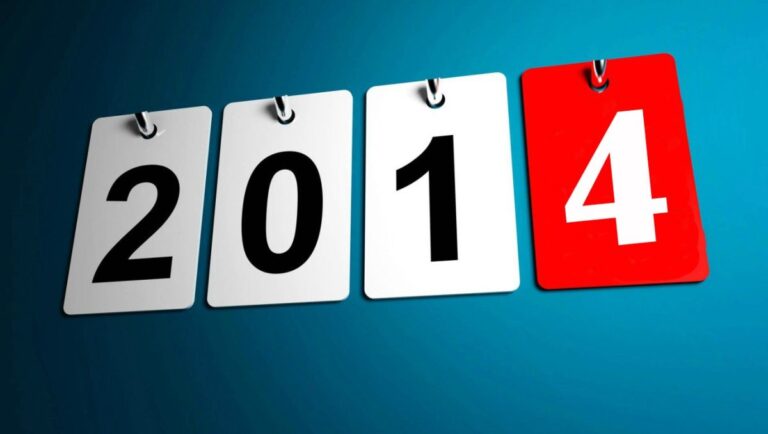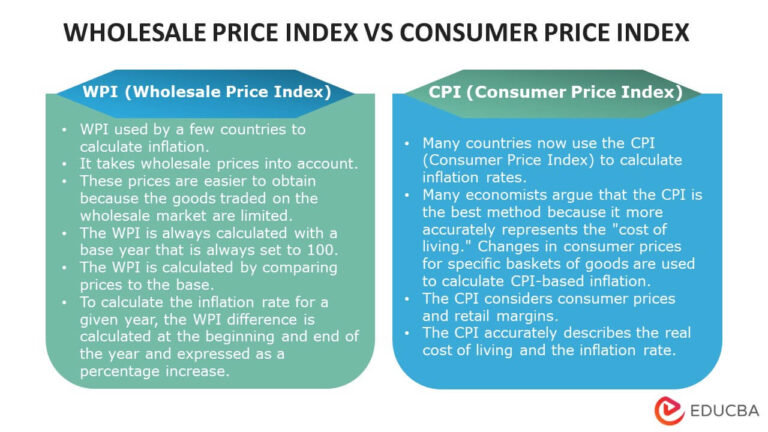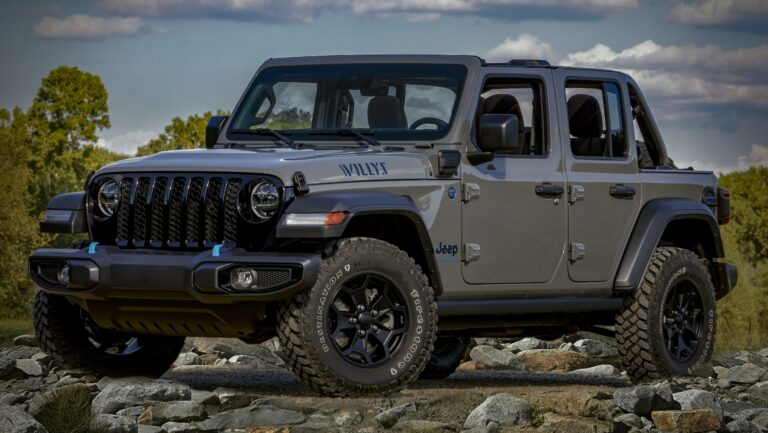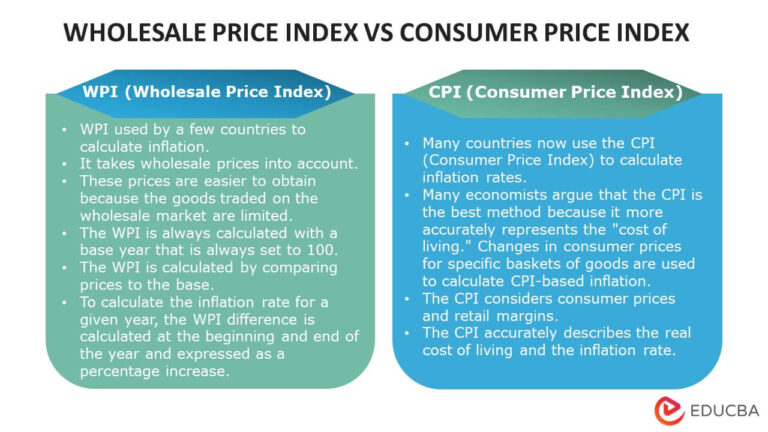How Much Does It Cost To Get A Jeep Wrangler Lifted? A Comprehensive Guide
How Much Does It Cost To Get A Jeep Wrangler Lifted? A Comprehensive Guide jeeps.truckstrend.com
For many Jeep Wrangler owners, lifting their vehicle isn’t just an upgrade; it’s a rite of passage, a statement of intent, and a gateway to enhanced off-road capabilities and an undeniably aggressive aesthetic. A lifted Jeep Wrangler commands attention, offers improved ground clearance for tackling rugged terrain, and allows for the installation of larger, more capable tires. However, the journey to a lifted Jeep isn’t a simple one-size-fits-all endeavor, and the question that immediately springs to mind for anyone considering this transformation is: "How much does it cost to get a Jeep Wrangler lifted?"
The answer, as you’ll soon discover, is not a single figure but rather a spectrum of possibilities, ranging from a few hundred dollars to several thousand, depending on the type of lift, the components included, the desired height, the brand quality, and whether you opt for DIY or professional installation. This comprehensive guide will break down the costs, considerations, and common pitfalls, helping you budget accurately for your dream lifted Wrangler.
How Much Does It Cost To Get A Jeep Wrangler Lifted? A Comprehensive Guide
Understanding Lift Kits: Types and Components
Before diving into the numbers, it’s crucial to understand the different types of lift kits available and the components that contribute to their cost. Each type offers varying degrees of performance, ride quality, and complexity.
-
Spacer Lifts (Budget Boosts):
- What it is: The simplest and most affordable option. These kits use polyurethane or metal spacers that sit on top of your factory coil springs or under your coil buckets, effectively raising the body without replacing the springs themselves.
- Lift Height: Typically 1 to 2.5 inches.
- Pros: Inexpensive, easy to install, maintains factory ride quality, minimal impact on suspension geometry.
- Cons: Primarily aesthetic, offers limited performance gains, doesn’t address weak factory springs, can reduce downward suspension travel.


Coil Spring Lifts (Entry-Level Suspension Lifts):
- What it is: These kits replace your factory coil springs with longer, often stiffer, aftermarket springs. They usually include new shocks that are valved to work with the new springs and accommodate the increased travel.
- Lift Height: Commonly 2 to 3.5 inches.
- Pros: Improved articulation and off-road performance, better ride quality (depending on shock/spring combination), more durable than spacers.
- Cons: More expensive than spacers, may require additional components (e.g., extended sway bar links, brake line extensions) for proper function.

-
Short Arm Suspension Lifts:
- What it is: A more comprehensive suspension lift that includes new coil springs, shocks, and often new control arms (short arms), track bars, and sway bar links. These kits are designed to correct suspension geometry issues that arise from lifting, ensuring better handling and ride quality.
- Lift Height: Typically 2.5 to 3.5 inches.
- Pros: Significantly improved off-road capability and articulation, better handling and stability than basic coil spring lifts, good balance of performance and cost.
- Cons: More complex installation, higher cost, may still have limitations at the extreme ends of suspension travel compared to long arm systems.
-
Long Arm Suspension Lifts:
- What it is: The pinnacle of performance-oriented suspension lifts. Long arm kits replace the factory control arms with much longer ones that relocate the mounting points further back on the frame. This design significantly flattens the control arm angles, even at extreme lift heights, resulting in superior articulation, a smoother ride, and better high-speed stability.
- Lift Height: Usually 4 inches and above.
- Pros: Unmatched off-road performance, incredible articulation, excellent ride quality for higher lifts, built for serious enthusiasts.
- Cons: Very expensive, complex installation often requiring cutting and welding of frame mounts, almost always necessitates other costly upgrades like new driveshafts and re-gearing.
-
Coilover Systems:
- What it is: A high-performance, race-inspired setup where the coil spring and shock absorber are integrated into a single unit. These systems offer extreme adjustability for compression, rebound, and ride height.
- Lift Height: Highly variable, often 2.5 inches up to 6+ inches.
- Pros: Top-tier performance, customizability, superior damping and heat dissipation, ideal for high-speed desert running or extreme rock crawling.
- Cons: Exorbitantly expensive, requires significant fabrication and tuning, overkill for most casual users.
Factors Influencing the Cost of a Jeep Wrangler Lift
Beyond the type of lift kit, several other factors play a significant role in the overall expenditure:
- Brand and Quality: Like any product, lift kits come from various manufacturers, each offering different levels of quality, engineering, and materials. Premium brands (e.g., TeraFlex, AEV, Rock Krawler, BDS, Old Man Emu, King, Fox) generally cost more but provide better performance, durability, and a more refined ride. Budget brands can save money upfront but may compromise on quality or require earlier replacement.
- Lift Height: Generally, the higher you go, the more components are needed to correct geometry, extend lines, and maintain proper functionality. A 2-inch lift might only require springs and shocks, while a 4-inch lift will likely need new control arms, track bars, brake lines, and possibly new driveshafts.
- Ancillary Modifications (Beyond the Kit): This is where costs can truly skyrocket.
- Larger Tires and Wheels: A lift is often done to accommodate larger tires. A set of five (including spare) new off-road tires and wheels can easily add $1,500 to $5,000+ to your budget.
- Re-gearing: When installing significantly larger tires (e.g., 35 inches or more), the factory gear ratios become too tall, leading to sluggish acceleration, poor fuel economy, and increased strain on the drivetrain. Re-gearing both front and rear differentials is highly recommended and can cost $1,500 to $3,000+ for parts and labor.
- Driveshafts: Lifts above 2.5-3 inches, especially on JK/JL Wranglers, can cause severe operating angles for the factory driveshafts, leading to vibrations or failure. Upgrading to aftermarket driveshafts (CV style) is often necessary, costing $500 to $1,500+ per shaft.
- Steering Components: Larger tires put more stress on steering components. Upgrading to a heavier-duty drag link, tie rod, or steering stabilizer may be necessary for safety and performance, adding $300 to $1,000+.
- Fender Flares: To properly cover wider tires and comply with local laws, flat or high-clearance fender flares might be desired, ranging from $300 to $1,000+.
- Brake Upgrades: Larger tires increase stopping distances. Upgrading to bigger rotors and calipers can improve braking performance, adding $500 to $2,000+.
- Installation Labor: This is a major variable.
- DIY: If you have the tools, mechanical aptitude, and time, you can save significant money on labor. However, complex kits require specialized tools and expertise.
- Professional Installation: Shop labor rates vary by region (e.g., $80-$150+ per hour). A simple spacer lift might take 3-5 hours, while a complex long arm kit could take 15-30+ hours, potentially adding $300 to $4,000+ to your total.
Hidden and Post-Installation Costs
Don’t forget these often-overlooked expenses:
- Alignment: Absolutely essential after any suspension modification. Expect to pay $100 – $200.
- Tire Balancing and Mounting: If you’re getting new tires, this will be part of that cost.
- Increased Wear and Tear: A lifted vehicle, especially with larger tires, can accelerate wear on ball joints, wheel bearings, and other suspension/drivetrain components if not properly set up or maintained.
- Fuel Economy: Larger tires and increased aerodynamic drag will inevitably reduce your miles per gallon.
- Insurance: Inform your insurance provider about modifications. Some might increase your premium.
Choosing the Right Lift for Your Needs
Before you start pricing, define your primary goals:
- Aesthetics: If you just want a more aggressive look and minimal off-roading, a budget boost or mild coil spring lift is sufficient.
- Light Trails/Overlanding: A 2.5-3.5 inch coil spring or short arm lift will provide ample clearance and articulation.
- Serious Rock Crawling/Aggressive Off-Roading: A 3.5+ inch short arm, long arm, or coilover system is necessary, along with all the supporting modifications (gears, driveshafts, etc.).
- Budget: Be realistic about what you can afford, and remember to factor in ALL associated costs, not just the kit price.
Cost Breakdown Table: How Much Does It Cost To Get A Jeep Wrangler Lifted?
This table provides estimated cost ranges for different lift types, including installation and potential major ancillary costs. Prices can vary significantly based on brand, region, specific components, and labor rates.
| Component / Lift Type | Lift Height (Inches) | Kit Cost Range (Parts Only) | Professional Labor Cost Range | Estimated Total (Kit + Labor) | Key Considerations / Common Additional Costs (Beyond Kit) |
|---|---|---|---|---|---|
| Spacer Lift (Budget Boost) | 1.5 – 2.5 | $100 – $400 | $200 – $500 | $300 – $900 | Often requires no other major mods. Best for aesthetics and mild clearance. Maintains factory ride. |
| Coil Spring Lift | 2.5 – 3.5 | $500 – $1,500 | $400 – $800 | $900 – $2,300 | May require: Extended brake lines, sway bar links. Good balance of cost and performance. Can improve ride quality. |
| Short Arm Suspension Lift | 2.5 – 3.5 | $1,000 – $3,000 | $600 – $1,200 | $1,600 – $4,200 | Often includes: New shocks, springs, control arms, track bar. Significantly improved articulation and handling. Likely needs: Alignment. Consider for 35" tires: Flat fenders, C-gussets. |
| Long Arm Suspension Lift | 4.0 – 6.0+ | $2,500 – $6,000+ | $1,000 – $2,500+ | $3,500 – $8,500+ | Requires: Cutting/welding. Almost always needs: New driveshafts, re-gearing, heavy-duty steering. For serious off-roading. Significant investment, superior articulation, and high-speed stability. |
| Coilover System | 2.5 – 6.0+ | $4,000 – $10,000+ | $1,500 – $3,000+ | $5,500 – $13,000+ | Requires: Custom fabrication, tuning. Almost always needs: New driveshafts, re-gearing, heavy-duty steering, axle upgrades. Ultimate performance, highly adjustable, competition-grade. |
| — Major Ancillary Costs (Highly Recommended for Larger Lifts) — | |||||
| Larger Tires (Set of 5) | N/A | $1,000 – $3,000+ | $100 – $200 (Mount/Balance) | $1,100 – $3,200+ | Essential for utilizing increased clearance. Prices vary widely by brand, size, and type (MT, AT). |
| New Wheels (Set of 5) | N/A | $500 – $2,000+ | N/A | $500 – $2,000+ | Often necessary for proper backspacing with larger tires. |
| Re-gearing (Both Axles) | N/A | $800 – $1,500 (Parts) | $700 – $1,500 (Labor) | $1,500 – $3,000+ | Critical for restoring performance, fuel economy, and reducing drivetrain strain with larger tires (35"+). |
| Upgraded Driveshafts (Each) | N/A | $300 – $700 (Parts) | $200 – $800 (Labor) | $500 – $1,500+ | Recommended for lifts over 2.5-3" (especially front on JK/JL) to prevent binding/failure due to increased angles. |
| Alignment | N/A | N/A | $100 – $200 | $100 – $200 | Absolutely mandatory after any suspension work to ensure proper handling and tire wear. |
| TOTAL POTENTIAL INVESTMENT (Low-End Spacer to High-End Long Arm with all mods) | ~$300 – $10,000+ | ~$200 – $3,000+ | ~$500 – $13,000+ (for lift kit only) | Overall Project Cost (including tires, re-gearing, driveshafts): ~$2,000 (basic) to $20,000+ (extreme build) |
Frequently Asked Questions (FAQ)
Q: Do I need to re-gear my Jeep after lifting it?
A: Not necessarily for smaller lifts (under 2.5 inches) or if you stick with stock tire sizes. However, if you install significantly larger tires (e.g., 35 inches or more), re-gearing is highly recommended to restore lost power, improve fuel economy, and reduce strain on your drivetrain.
Q: Will lifting my Jeep void my warranty?
A: It depends on your dealership and the specific modification. Generally, a lift kit will not void your entire vehicle warranty, but it may void the warranty on components directly affected by the lift (e.g., suspension, steering, drivetrain) if the modification is deemed the cause of a failure. It’s best to check with your dealership beforehand.
Q: How much lift do I need for 35-inch tires?
A: For a Jeep Wrangler JK/JL, typically a 2.5 to 3.5-inch lift is sufficient for 35-inch tires, especially if you use aftermarket flat fenders. For older TJs/YJs, you might need 4 inches or more. Always check tire clearance at full articulation.
Q: What’s the difference between a body lift and a suspension lift?
A: A body lift raises the body of the vehicle off the frame using spacers, primarily for tire clearance without changing suspension geometry. A suspension lift raises the frame (and thus the body) by modifying the suspension components (springs, shocks, control arms), improving ground clearance, articulation, and off-road performance. Suspension lifts are generally preferred for capability.
Q: Can I install a lift kit myself?
A: For basic spacer lifts or simple coil spring kits, yes, if you have mechanical experience, the right tools (jack, jack stands, wrenches, torque wrench), and a service manual. More complex short arm, long arm, or coilover kits often require specialized tools, knowledge of suspension geometry, and sometimes welding, making professional installation highly recommended.
Q: Will my ride quality change after lifting my Jeep?
A: Yes, it will. A spacer lift typically maintains the factory ride. A good quality coil spring or short arm lift can actually improve ride quality by providing better damping and spring rates. However, a poorly chosen or budget lift can make the ride stiffer, harsher, or even unstable. Long arm kits, despite their height, often offer excellent ride quality due to optimized geometry.
Q: What about alignment after a lift?
A: An alignment is crucial after installing any suspension lift. Lifting changes the angles of your steering and suspension components (caster, camber, toe), which can lead to poor handling, uneven tire wear, and instability if not corrected.
Conclusion
Lifting your Jeep Wrangler is an exciting venture that can dramatically transform its appearance and capabilities. However, understanding "how much does it cost to get a Jeep Wrangler lifted" is about more than just the price tag of a lift kit. It’s about recognizing the diverse options available, the quality considerations, the critical role of professional installation (or the commitment of DIY), and most importantly, the often-overlooked ancillary modifications like larger tires, re-gearing, and driveshafts.
By thoroughly researching, defining your specific needs and budget, and accounting for all potential expenses, you can embark on your lifted Jeep journey with confidence. It’s an investment not just in your vehicle, but in countless future adventures on and off the beaten path.







